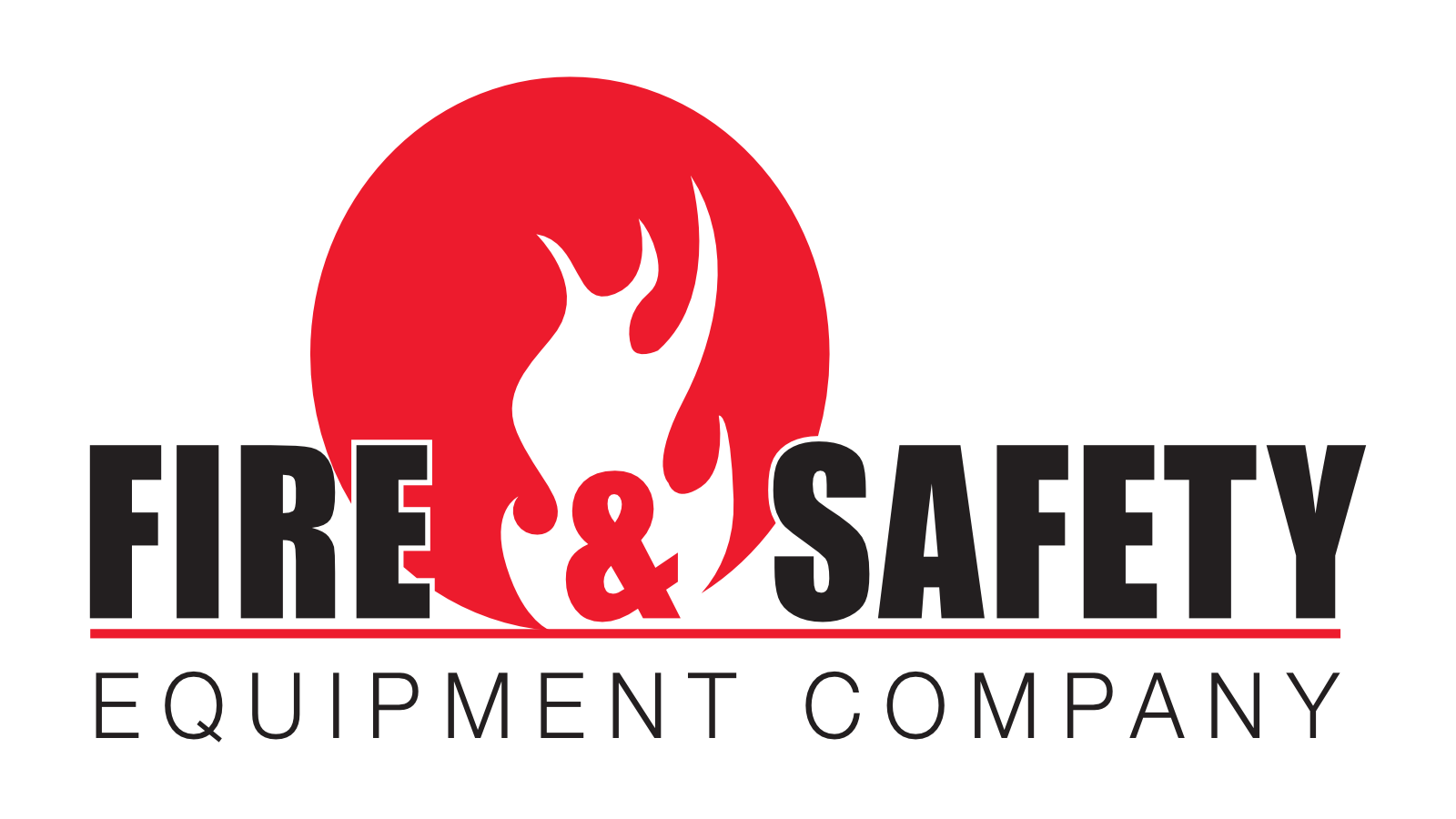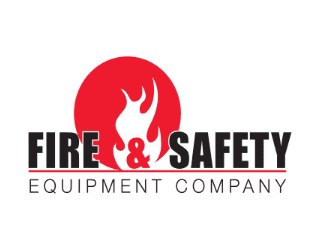CONTROL OF HAZARDOUS ENERGY
What can be done to control hazardous energy?
Failure to control hazardous energy accounts for nearly 10 percent of the serious accidents in many industries. Proper Lockout/Tagout (LOTO) practices and procedures safeguard workers from hazardous energy releases. The OSHA standard for The Control of Hazardous Energy (Lockout/Tagout) (29 CFR 1910.147) for general industry outlines measures for controlling different types of hazardous energy. The LOTO standard establishes the employer’s responsibility to protect workers from hazardous energy. Employers are also required to train each worker to ensure that they know, understand, and are able to follow the applicable provisions of the hazardous energy control procedures.
We offer classes to help make sure you understand the importance of Lockout/Tagout procedure, how to perform it properly, and help you meet the OSHA requirements of the Lockout/Tagout standard.
Cost: [email protected] or 434-993-2425 will provide you with a personalized quote.
Procedures
Proper lockout/tagout (LOTO) practices and procedures safeguard workers from the release of hazardous energy. The OSHA standard for The Control of Hazardous Energy (Lockout/Tagout) (29 CFR 1910.147) for general industry, outlines specific action and procedures for addressing and controlling hazardous energy during servicing and maintenance of machines and equipment. Employers are also required to train each worker to ensure that they know, understand, and are able to follow the applicable provisions of the hazardous energy control procedures. Workers must be trained in the purpose and function of the energy control program and have the knowledge and skills required for the safe application, usage and removal of the energy control devices.
All employees who work in an area where energy control procedure(s) are utilized need to be instructed in the purpose and use of the energy control procedure(s), especially prohibition against attempting to restart or reenergize machines or other equipment that are locked or tagged out.
All employees who are authorized to lockout machines or equipment and perform the service and maintenance operations need to be trained in recognition of applicable hazardous energy sources in the workplace, the type and magnitude of energy found in the workplace, and the means and methods of isolating and/or controlling the energy.
Specific procedures and limitations relating to tagout systems where they are allowed.
Retraining of all employees to maintain proficiency or introduce new or changed control methods.
What is hazardous energy?
Energy sources including electrical, mechanical, hydraulic, pneumatic, chemical, thermal, or other sources in machines and equipment can be hazardous to workers. During the servicing and maintenance of machines and equipment, the unexpected startup or release of stored energy can result in serious injury or death to workers.
What are the harmful effects of hazardous energy?
Workers servicing or maintaining machines or equipment may be seriously injured or killed if hazardous energy is not properly controlled. Injuries resulting from the failure to control hazardous energy during maintenance activities can be serious or fatal! Injuries may include electrocution, burns, crushing, cutting, lacerating, amputating, or fracturing body parts, and others.
A steam valve is automatically turned on burning workers who are repairing a downstream connection in the piping.
A jammed conveyor system suddenly releases, crushing a worker who is trying to clear the jam.
Internal wiring on a piece of factory equipment electrically shorts, shocking worker who is repairing the equipment.
Craft workers, electricians, machine operators, and laborers are among the 3 million workers who service equipment routinely and face the greatest risk of injury. Workers injured on the job from exposure to hazardous energy lose an average of 24 workdays for recuperation.

